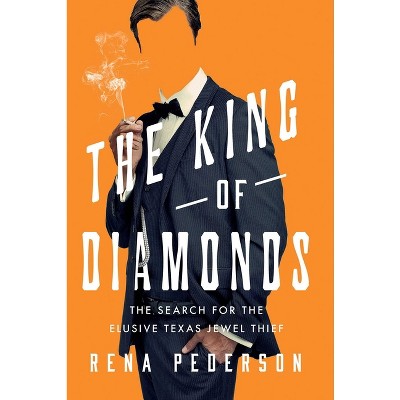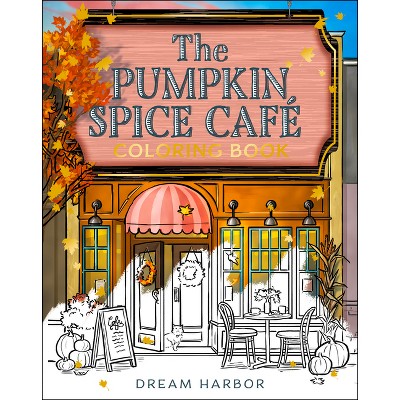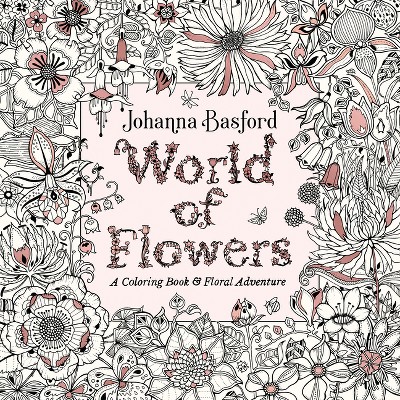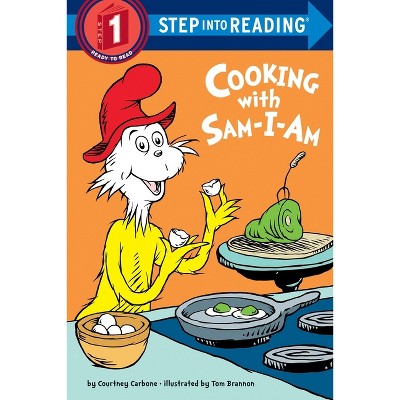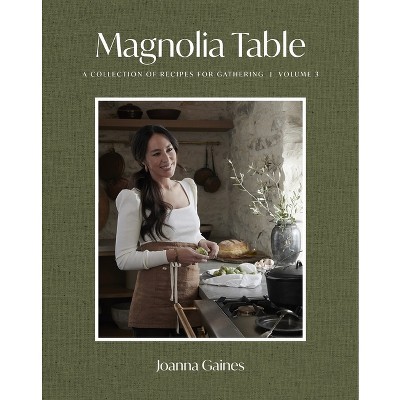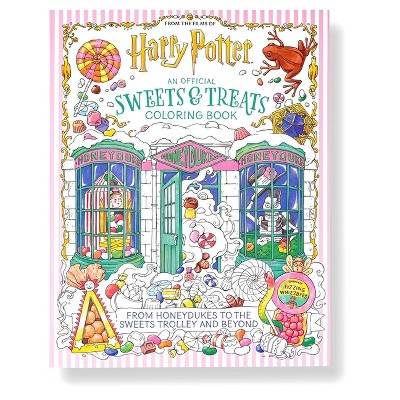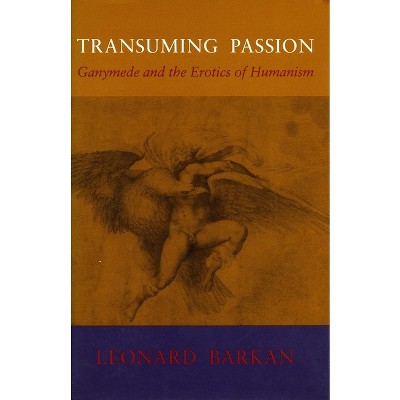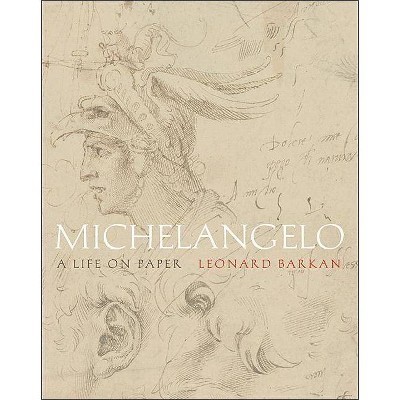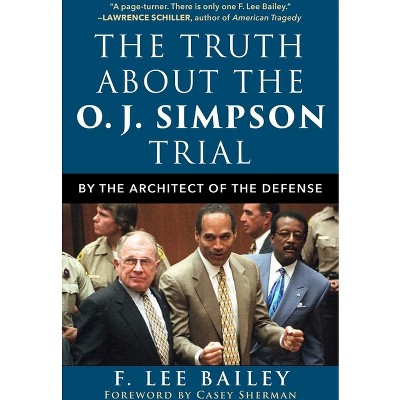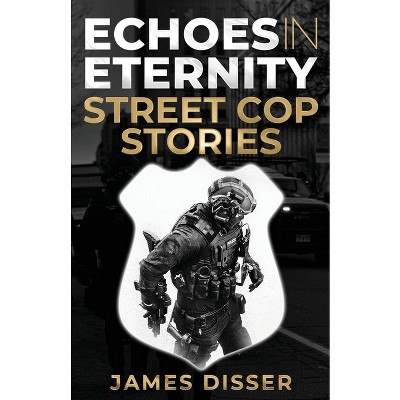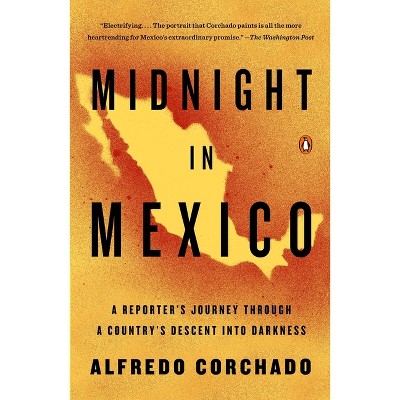Sponsored

The Hungry Eye - by Leonard Barkan (Hardcover)
In Stock
Sponsored
About this item
Highlights
- An enticing history of food and drink in Western art and culture Eating and drinking can be aesthetic experiences as well as sensory ones.
- About the Author: Leonard Barkan is the Class of 1943 University Professor of Comparative Literature at Princeton University.
- 328 Pages
- True Crime, General
Description
About the Book
"In discussions of arts and culture, food and drink are often relegated to the realms of mere decoration or mere necessity. However, like the term taste, which begins as one of the five senses but comes to be understood as the most sweeping term for human sensibility, eating and drinking can also be fundamental aesthetic experiences. In this book, author Leonard Barkan covers millennia of Western aesthetic and cultural activity, tracing the history of eating and drinking across literature, art, philosophy, statecraft, religion, and historiography. Drawing on a myriad of historical and analytic perspectives, Barkan demonstrates how the materials of the dining table, the flavor and pleasure of food, and hunger and satiety are central to life and culture. He explores what it means to "read for the food" in works of art, literature, and philosophy, and demonstrates the central role that food played in Roman civilization. He examines the deeply culinary qualities of the Hebrew Bible and the New Testament, the relationship between food and drink and the culture of the Renaissance, and the literal acts of consumption that are endowed with sacred significance. By uncovering the gastronomic underplot in cultural and artistic works, Barkan proposes an interdisciplinary approach to the relation between sense experience and aesthetic experience, and considers what it means to move from the margins to the center in a study of culture"--Book Synopsis
An enticing history of food and drink in Western art and culture
Eating and drinking can be aesthetic experiences as well as sensory ones. The Hungry Eye takes readers from antiquity to the Renaissance to explore the central role of food and drink in literature, art, philosophy, religion, and statecraft. In this beautifully illustrated book, Leonard Barkan provides an illuminating meditation on how culture finds expression in what we eat and drink. Plato's Symposium is a timeless philosophical text, one that also describes a drinking party. Salome performed her dance at a banquet where the head of John the Baptist was presented on a platter. Barkan looks at ancient mosaics, Dutch still life, and Venetian Last Suppers. He describes how ancient Rome was a paradise of culinary obsessives, and explains what it meant for the Israelites to dine on manna. He discusses the surprising relationship between Renaissance perspective and dinner parties, and sheds new light on the moment when the risen Christ appears to his disciples hungry for a piece of broiled fish. Readers will browse the pages of the Deipnosophistae--an ancient Greek work in sixteen volumes about a single meal, complete with menus--and gain epicurean insights into such figures as Rabelais and Shakespeare, Leonardo and Vermeer. A book for anyone who relishes the pleasures of the table, The Hungry Eye is an erudite and uniquely personal look at all the glorious ways that food and drink have transfigured Western arts and high culture.Review Quotes
"The Hungry Eye is a food-obsessed frolic through the artwork, writing, and philosophy of hundreds of years of Western history. . . . From the fruits that adorn Renaissance portraits of the Madonna and Child to the platter that carries St. John the Baptist's head, Barkan parses the past with gusto."---Hyperallergic, Lauren Moya Ford
"
Leonard Barkan has written a terrific book that ranges far more widely than one might expect, is impressively learned, and yet is remarkably accessible and often entertaining. . . . One closes the book convinced of the centrality of food and drink in European culture. This is a fine addition to the literature on the history of food that adds depth to the largely narrative histories that have preceded it.
"---Rod Phillips, The World of Fine Wine"
Sumptuous, eminently absorbing, delectably erudite and cornucopian. . . . [The Hungry Eye] is a beautifully personal, resonantly learned, beguilingly written chronicle of how food, throughout the centuries, has brought the via contemplativa and the via activa together. . . . A feast for the eyes and for the mind.
"---Mika Provata-Carlone, Bookanista"A foundational text of Food Studies. . . . This book does for food in art and literature what Sidney Mintz did for food and global politics in Sweetness and Power. It should be right up there with Mintz's book as a foundational text of Food Studies. . . . Everyone interested in Food Studies as a discipline, food in art, and anything having to do with food and culture will want to read this book--for its ideas, its gorgeousness, and for sheer pleasure."---Marion Nestle, Food Politics
"In a beautifully written and illustrated book, [Barkan] has explored how what is eaten and imbibed --literally and figuratively -portray, shape and explain how Western culture from Rome through the Renaissance. . . . The result is a delicious rich broth filled with depth and nuance that will satisfy the learned reader and urge her or him to ask for more."---Richard Zimmer, Food Anthropology
"It's unusual to have a culinary history that is also highly recommended for arts holdings; but The Hungry Eye is a feast of mind and eye that holds much food for thought for scholarly audiences interested in a different approach to food and drink's importance in human affairs."-- "Donovan's Literary Services"
About the Author
Leonard Barkan is the Class of 1943 University Professor of Comparative Literature at Princeton University. His books include Mute Poetry, Speaking Pictures (Princeton), Unearthing the Past: Archaeology and Aesthetics in the Making of Renaissance Culture, and Satyr Square: A Year, a Life in Rome. He lives in Princeton, New Jersey. Twitter @LeonardBarkanShipping details
Return details
Trending Non-Fiction
Discover more options
